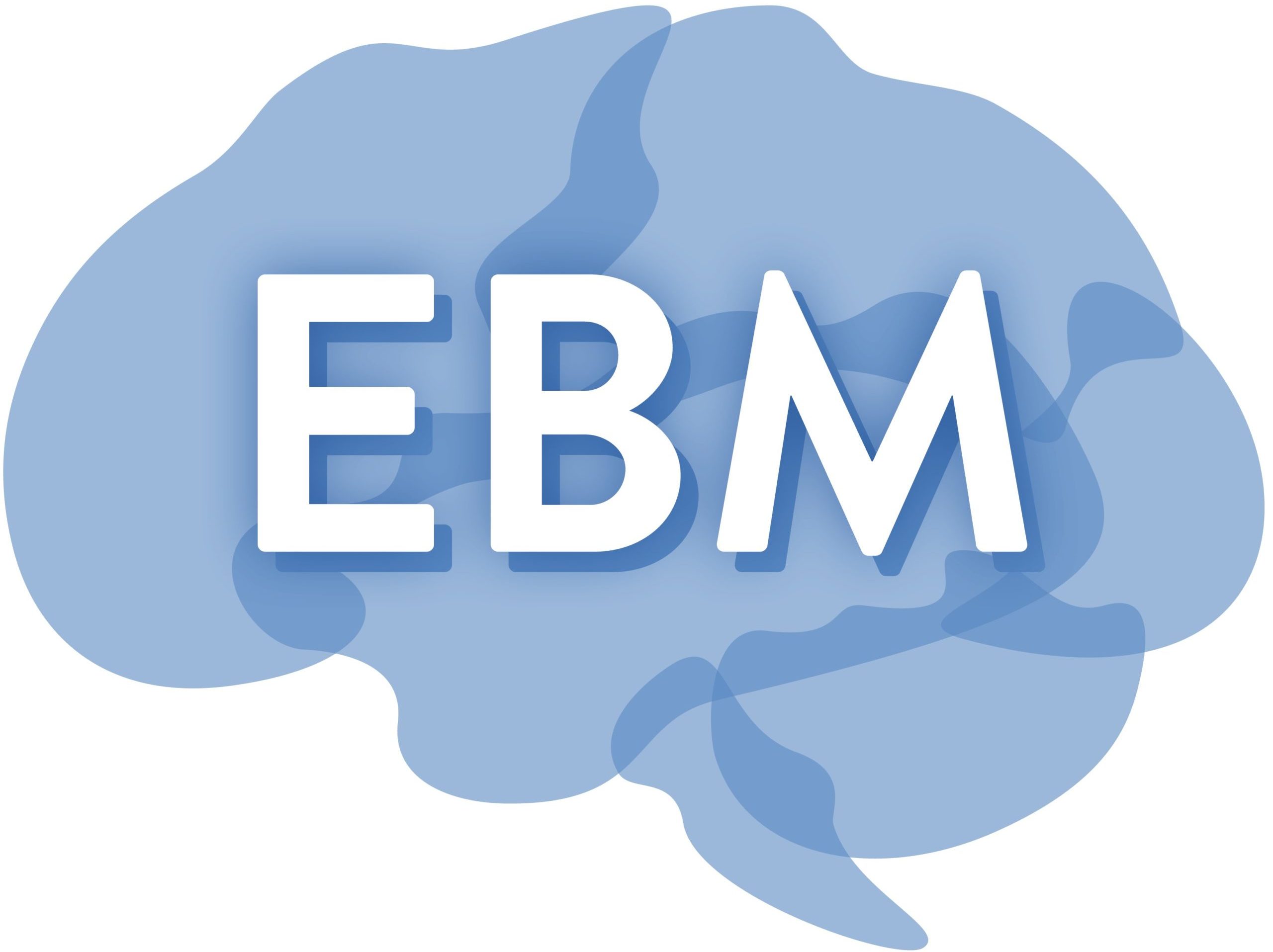B03: The determinants of spinal cord mechanics in homeostasis
B03 aims at mapping the mechanical landscape of the zebrafish spinal cord by systematically quantifying its mechanical tissue properties in vivo, deciphering their determinants, and identifying their relevance during tissue homeostasis. In particular, we will focus on the extracellular matrix and the cellular contribution to mechanical tissue properties. By employing biochemical and optogenetic tools to induce the targeted deposition of ECM components or reduction of cell bodies, for instance, we will alter the composition and structure of the spinal cord in living zebrafish. We will perform Brillouin microscopy measurements on these specimens in vivo, and investigate the same conditions and manipulations ex vivo by employing both Brillouin microscopy and AFM-enabled indentation measurements on freshly sectioned tissue. Thereby, we aim to bridge multiple spatio-temporal regimes as implemented by the various projects in this consortium, and facilitate potential inference of in vivo mechanical properties from ex vivo measurements. We will correlate the results with structural and compositional analyses of the spinal parenchyma based on histological, microscopic and genetic tools using machine learning. Ultimately, our results will not only contribute to a dataset in which a distinct mechanical phenotype of the spinal cord tissue will be predictable from histological data and proteome analysis. This project will also help facilitate an understanding of the mechanical factors that have to be addressed in order to change a pathological outcome after injury or disease, ideally without affecting other biochemical factors.
Project leaders: Prof. Dr. Jochen Guck/Dr. rer. nat, Stephanie Möllmert
Positions: 1 doctoral researcher
